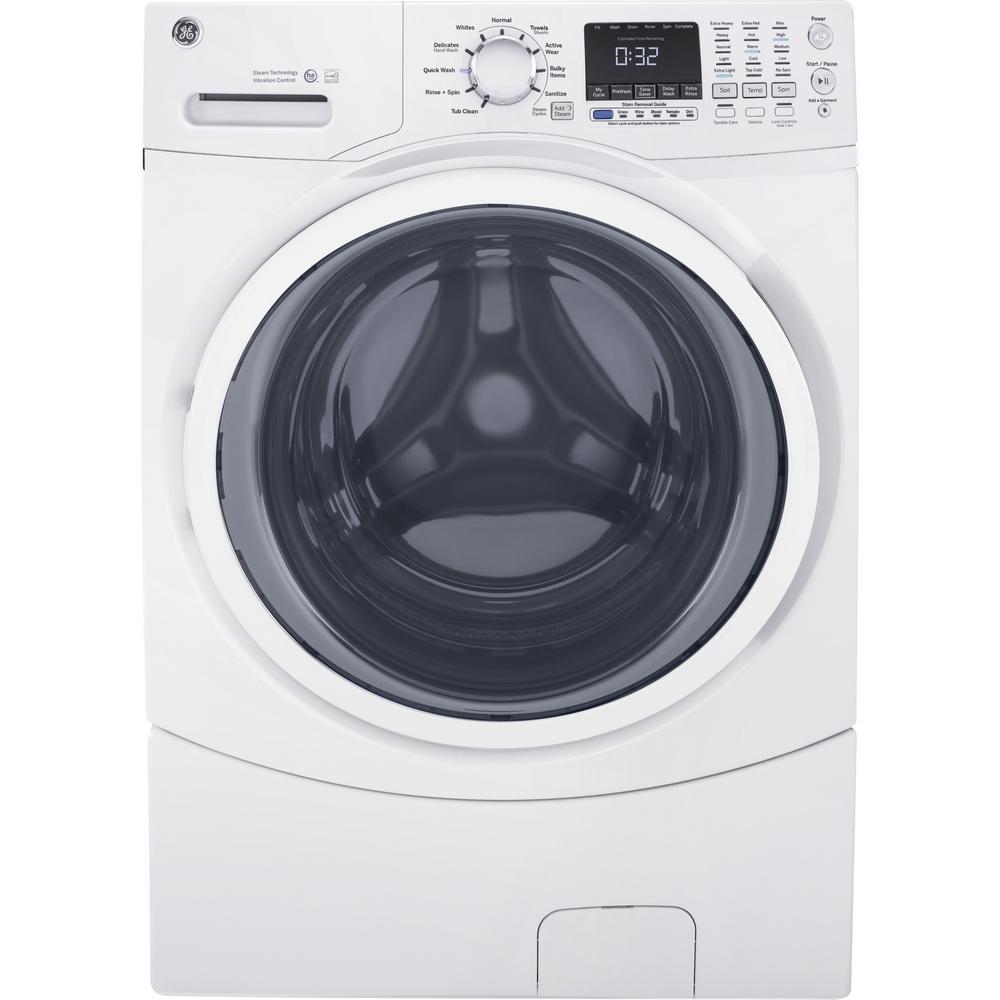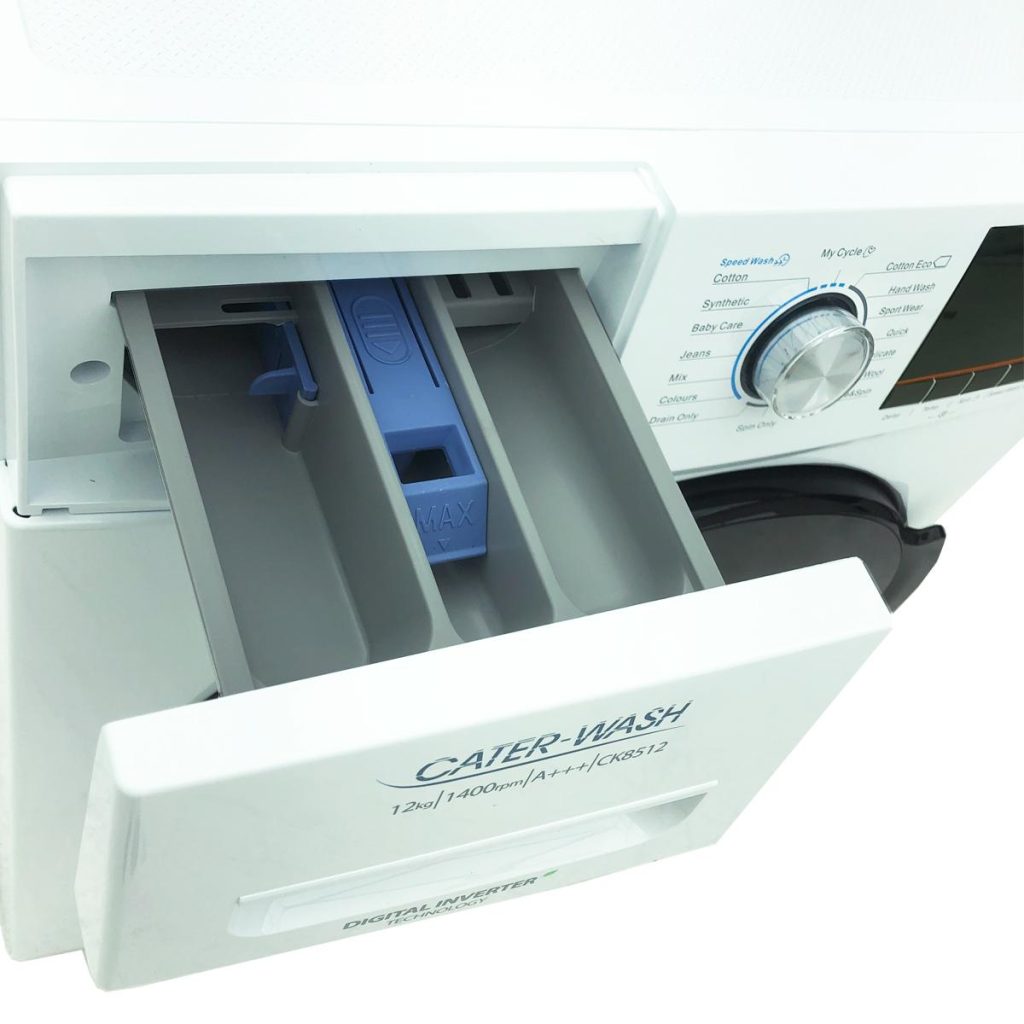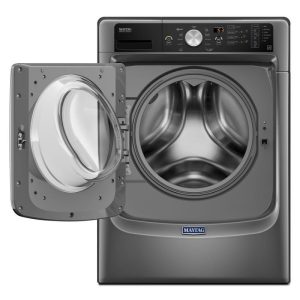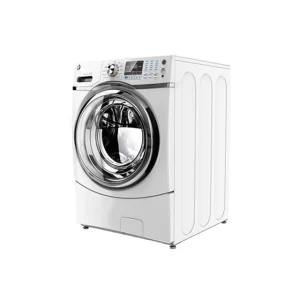How to Wash Dry Clean Only in Washing Machine: Is It Possible?
We’ve all been there: staring at a beloved garment labeled “Dry Clean Only” and wondering if there’s a way to save time and money by washing it at home. While dry cleaning ensures the care and maintenance of delicate fabrics, sometimes it’s not the most convenient option. But is it really possible to wash dry clean only items in a washing machine without ruining them? In this article, we explore the considerations, precautions, and steps you can take to carefully wash dry clean only garments using a washing machine.
Understanding the Risks
It is essential to understand the potential risks involved when deciding to wash dry clean only fabrics at home.
Fabric Sensitivity
Dry clean only garments are often made from delicate fabrics such as silk, wool, or certain synthetics that can’t tolerate the harsh conditions of a standard washing machine cycle. These fabrics can shrink, stretch, or lose their shape when exposed to water or agitation. Understanding fabric sensitivity helps in making informed decisions about whether to attempt washing these items at home.
Potential Damage
Washing a dry clean only item in a washing machine can lead to color bleeding, fabric distortion, and other forms of damage. Delicate embellishments, such as beads or sequins, can also be ruined. It’s important to consider these potential damages before proceeding, as they can permanently alter the garment’s appearance and fit.
Preparation Before Washing
Taking certain preparatory steps can minimize the risks associated with washing dry clean only garments in a washing machine.
Read the Care Label
Carefully read and understand the care label on your garment. This label provides useful information about the fabric type and laundry symbols indicating whether any parts of the garment are safe for washing. Knowing what the labels signify can guide you on the safest washing methods.
Test a Small Area
Before putting the entire garment in the washing machine, test a small, inconspicuous area with water and mild detergent. Dab the area with a cloth to see if the color bleeds or the fabric changes texture. This test helps determine how the fabric will react to washing.
Remove Stains First
Pre-treat any stains on the garment with a suitable stain remover before washing. Gently dab the stain with a cloth and avoid rubbing it in. Pre-treating stains ensures that the washing process is more effective and reduces the need for harsher treatments later.
Specific Washing Machine Settings
Using the right washing machine settings is crucial to minimizing the risk of damage when washing dry clean only items at home.
Gentle Cycle
Select the gentlest cycle available on your washing machine. The gentle cycle reduces agitation and mimics the conditions of hand washing, making it suitable for delicate fabrics. Reduced agitation minimizes the risk of fabric damage and helps maintain the garment’s shape.
Cold Water
Always use cold water when washing dry clean only items. Hot water can cause shrinkage and damage delicate fibers. Cold water is less likely to alter the fabric’s properties, preventing potential damage and ensuring the garment retains its original size and shape.
Mild Detergent
Choose a mild detergent designed for delicate fabrics. Avoid using harsh chemicals or bleach, as these can damage the fabric. Mild detergents are formulated to clean gently, preserving the integrity of delicate fibers while effectively removing dirt and stains.
Additional Precautions
Taking extra precautions can further reduce the risk of damaging dry clean only garments when washing them in a machine.
Use a Mesh Bag
Place the garment inside a mesh laundry bag before putting it in the washing machine. The mesh bag provides an additional layer of protection, reducing direct contact with the machine’s drum. This precaution helps prevent snags, tears, and excessive agitation, offering more controlled washing conditions.
Wash Items Separately
Avoid washing dry clean only items with other garments. Different fabrics can cause friction and increase the risk of damage. Washing items separately ensures that delicate fabrics receive the specific care they need without interference from other garments.
Do Not Overload
Never overload the washing machine when washing delicate items. Overloading increases the risk of clothes rubbing against each other, leading to fabric damage. Allowing enough space ensures that each garment is washed gently and thoroughly.
Post-Wash Care
Proper care after washing is just as important to maintaining the quality and longevity of dry clean only garments.
Air Dry
Gently reshape the garment and lay it flat to air dry after washing. Avoid hanging the garment, as this can cause stretching. Air drying helps preserve the shape and size of delicate fabrics, reducing the risk of shrinkage or distortion.
Avoid Direct Sunlight
Keep the garment away from direct sunlight while it dries. Sunlight can fade colors and weaken fibers. Drying in a shaded area ensures that the garment retains its color and strength.
Low Heat Ironing
If necessary, iron the garment on a low heat setting. Place a cloth between the iron and the fabric to prevent direct heat exposure. Low heat ironing helps smooth out wrinkles without damaging the fabric.
Specific Fabric Considerations
Different fabrics require unique care when attempting to wash dry clean only items at home.
Silk
Silk is highly sensitive to water and can easily lose its luster and shape. If you choose to wash silk in a machine, place it in a mesh bag and use the gentlest cycle, always with cold water and mild detergent. Extra caution is needed to maintain silk’s delicate nature.
Wool
Wool can shrink and felt if washed improperly. Use the wool cycle if your machine has one, or the gentle cycle with cold water. Laying wool garments flat to dry is crucial to preventing shrinkage and maintaining their shape.
Synthetic Fabrics
Certain synthetic fabrics labeled as dry clean only can sometimes be washed carefully in a machine. Always follow the same gentle cycle, cold water, and mild detergent guidelines. Check for any specific care instructions on the label to avoid damage.
When to Avoid Machine Washing
While many dry clean only garments can be washed at home with caution, some situations warrant professional dry cleaning.
Expensive or Sentimental Items
For expensive or sentimental items where the risk of damage is too great, it’s best to stick with professional dry cleaning. The cost of dry cleaning is worth it to protect the value and sentiment of these garments.
Heavy Staining
If the garment is heavily stained or soiled, professional dry cleaning might be necessary to thoroughly remove the stains without damaging the fabric. Professionals have specialized techniques and solvents for tough stains.
Embellished Garments
Garments with intricate embellishments such as beads, sequins, or embroidery are best left to the professionals. These decorations can easily get damaged or come off in a washing machine.
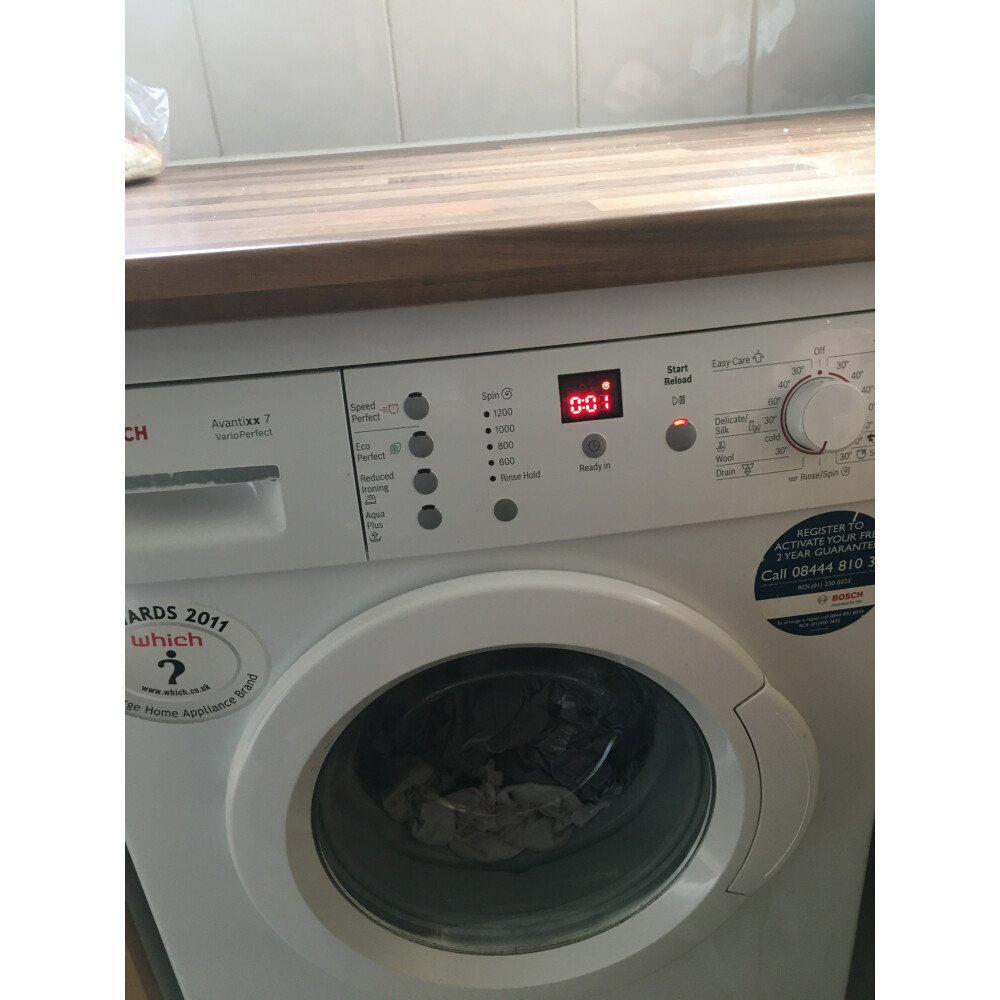 The Professional Perspective
The Professional Perspective
Understanding the benefits of professional dry cleaning can help you make an informed decision.
Specialized Equipment
Professional dry cleaners use specialized equipment that is gentle on delicate fabrics yet effective in cleaning. Their machines are designed to minimize fabric stress and preserve garment integrity.
Expertise
Professionals have the expertise to handle various fabrics and stains effectively. They can provide the care required for maintaining the quality of delicate garments. Trusting their expertise ensures that your garments receive the best possible care.
Convenience
While at-home washing may seem convenient, professional dry cleaning offers a hassle-free solution, saving you time and effort. Dropping off and picking up your garments from a trusted cleaner provides peace of mind and high-quality care.
Conclusion
Washing dry clean only garments in a washing machine is possible but requires significant caution and careful consideration. Understanding the risks, preparing properly, using the right settings, and taking extra precautions can help minimize the chances of damage. However, for certain fabrics and situations, professional dry cleaning remains the safest and most effective option. By balancing at-home care with professional services, you can ensure the longevity and quality of your delicate garments, maintaining their appearance and functionality for years to come.
